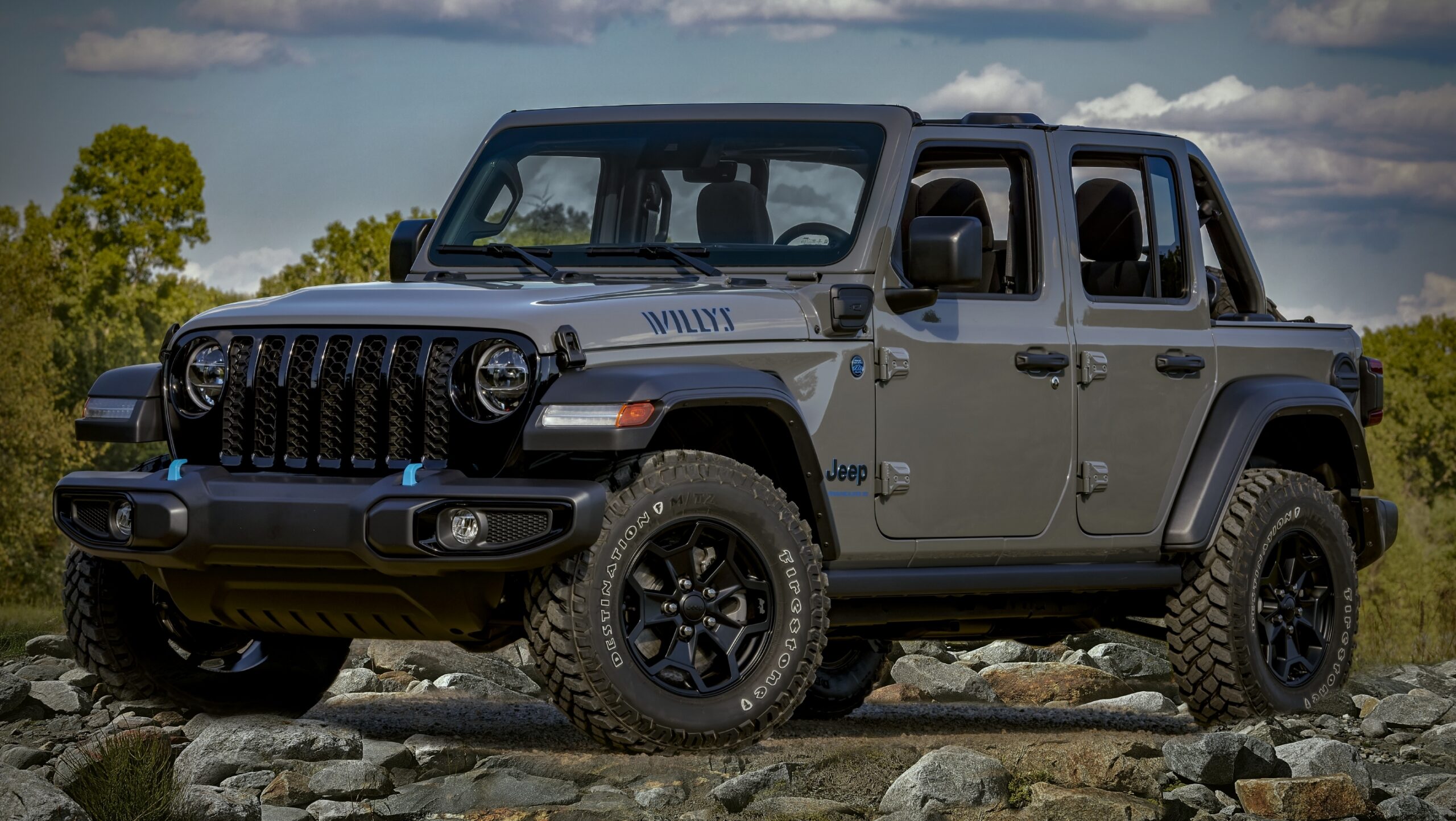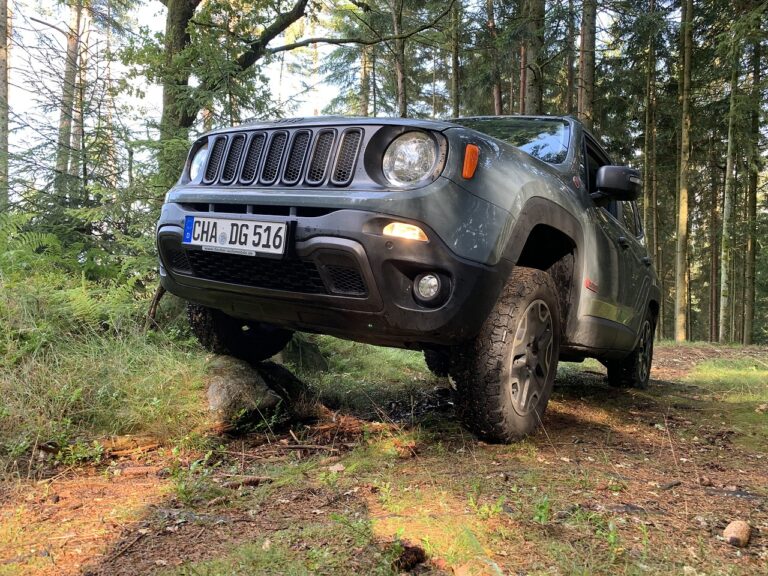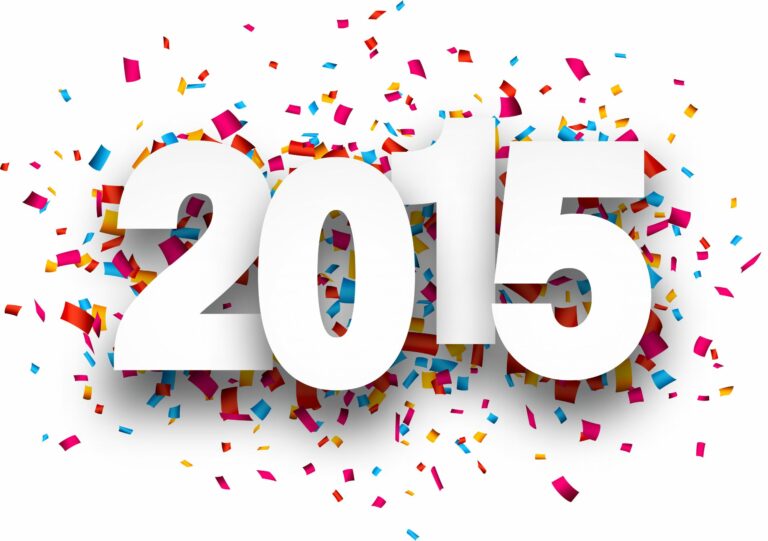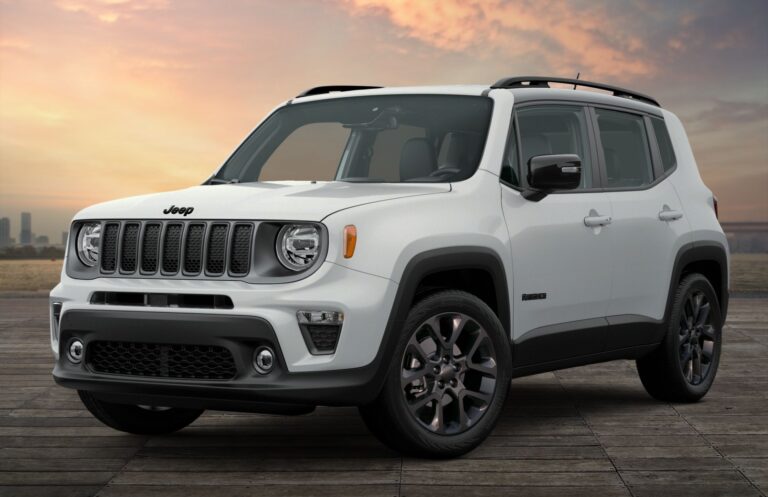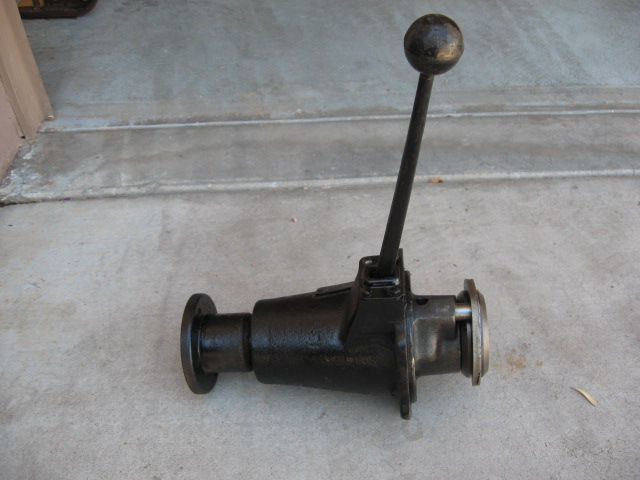Jeep CJ7 Transmission For Sale: Your Ultimate Guide to Finding the Right Gearbox
Jeep CJ7 Transmission For Sale: Your Ultimate Guide to Finding the Right Gearbox jeeps.truckstrend.com
The Jeep CJ7 holds a special place in the hearts of off-road enthusiasts and classic vehicle collectors alike. Renowned for its rugged simplicity, go-anywhere capability, and timeless design, the CJ7 remains a highly sought-after vehicle. At the very core of its legendary performance, however, lies a critical component often taken for granted until it fails: the transmission. Whether you’re an owner battling a worn-out gearbox, a restorer seeking period-correct authenticity, or an enthusiast planning a robust powertrain upgrade, understanding the world of "Jeep CJ7 Transmission For Sale" is paramount. This comprehensive guide will navigate the complexities of finding, evaluating, and purchasing the right transmission to keep your iconic CJ7 conquering trails and turning heads for years to come.
The Heart of the Beast: Understanding CJ7 Transmissions
Jeep CJ7 Transmission For Sale: Your Ultimate Guide to Finding the Right Gearbox
The Jeep CJ7, produced from 1976 to 1986, saw a variety of transmission options, each designed to mate with different engine configurations and cater to varying performance needs. Knowing which transmission your CJ7 originally came with, or which one you need for a specific swap, is the first critical step in your search.
Manual Transmissions:
- Borg-Warner T-4 (1980-1982): A lightweight 4-speed manual, often paired with the 2.5L AMC I4 or the 4.2L (258 ci) I6. Known for being less robust, it’s generally not recommended for heavy off-roading or V8 swaps.
- Borg-Warner T-5 (1982-1986): A 5-speed manual, serving as the successor to the T-4. While offering an overdrive gear for better highway fuel economy, it shares similar durability limitations with the T-4 and is also best suited for stock I4 or I6 applications.
- Tremec T-176 (1980-1983): A much stronger, heavy-duty 4-speed manual. Often found behind the 4.2L I6 and sometimes even the 5.0L (304 ci) V8, it’s a popular choice for those seeking reliability without going to extreme measures.
- Borg-Warner SR-4 (1976-1979): A 4-speed manual, primarily used with the I4 and I6 engines. It’s generally considered less robust than the T-176.
- Warner T-18 & T-98 (Early models/Heavy Duty): These were heavy-duty 4-speed manual transmissions, often with a very low "granny" first gear, ideal for crawling. While not as common in later CJ7s, some early models or those with heavy-duty packages might have them. These are highly sought after for serious off-road builds.

Automatic Transmissions:
- TorqueFlite TF904 (1976-1981): A 3-speed automatic, typically paired with the 2.5L I4 or 4.2L I6. It’s a reliable, compact unit suitable for light-to-moderate use.
- TorqueFlite TF999 (1980-1986): A slightly heavier-duty version of the TF904, primarily found with the 4.2L I6 and occasionally the V8. It’s generally a more robust automatic option for the CJ7.
Each of these transmissions has unique bell housing bolt patterns, input shaft splines, and output shaft configurations, which dictate their compatibility with specific engines and transfer cases (Dana 300, BW 1339, NP207). Understanding these nuances is crucial before diving into the "Jeep CJ7 Transmission For Sale" market.
Why Are You Looking? Common Reasons for a Transmission Purchase
The motivations behind seeking a CJ7 transmission are varied, but generally fall into a few key categories:
- Replacement Due to Failure: This is the most common reason. Over time, components like gears, synchronizers, bearings, and seals wear out, leading to grinding, slipping, fluid leaks, difficulty shifting, or complete failure. A failing transmission can render your CJ7 undrivable or unsafe.
- Upgrade for Enhanced Performance: Many CJ7 owners seek to swap their original transmission for a stronger, more reliable, or more suitable unit. This is especially true for those who have performed engine swaps (e.g., a V8 conversion) that overpower the stock gearbox, or those who want a lower crawl ratio for serious rock crawling (e.g., upgrading to a T-18). Some might even swap from an automatic to a manual, or vice versa, to better suit their driving style.
- Restoration Project: For purists and restorers, finding a period-correct transmission in good condition is essential to maintaining the originality and value of their classic CJ7. This often involves seeking out specific models that match the vehicle’s year and original specifications.
- Custom Build: When building a CJ7 from the ground up, or heavily modifying one, the transmission choice is a critical part of the powertrain design, ensuring compatibility with the engine, transfer case, axles, and intended use.
Navigating the Market: Where to Find CJ7 Transmissions For Sale
Finding a "Jeep CJ7 Transmission For Sale" requires exploring various avenues, each with its own advantages and disadvantages:
- New (Remanufactured/Crate): Several specialized automotive companies and transmission shops offer newly built or extensively remanufactured CJ7 transmissions. These often come with a warranty, improved components, and the peace of mind of a fresh start. Brands like Crown Automotive or Omix-ADA may offer components, while dedicated transmission rebuilders provide complete units. Pros: Warranty, reliability, often improved parts. Cons: Highest cost, core charge usually applies.
- Used (Salvage/Part-Outs): Junkyards, vehicle dismantling yards, and private sellers parting out a CJ7 are common sources for used transmissions. Online marketplaces like eBay, Craigslist, and Facebook Marketplace are also teeming with used parts. Pros: Lowest initial cost, readily available. Cons: Condition is often unknown, no warranty, "as-is" sales are common, higher risk of hidden problems.
- Rebuilt/Refurbished: Many independent transmission shops specialize in rebuilding these classic units. A properly rebuilt transmission offers a good balance between cost and reliability, often coming with a limited warranty. Private sellers who are experienced mechanics might also offer rebuilt units. Pros: Better reliability than used, often includes a warranty, more affordable than new. Cons: Quality depends heavily on the rebuilder’s expertise and parts used.
- Online Marketplaces & Forums:
- eBay: Offers a wide selection, often with photos and seller ratings, but shipping can be expensive and returns problematic.
- Craigslist/Facebook Marketplace: Great for local finds, allowing in-person inspection and avoiding shipping costs. Be cautious of scams.
- Dedicated Jeep Forums (e.g., JeepForum.com, Pirate4x4.com, CJ-8.com): Often have "for sale" sections where enthusiasts sell parts. These communities can also provide valuable advice and help verify sellers.
Crucial Considerations Before You Buy
Purchasing a transmission is a significant investment. Thorough research and careful consideration are essential to avoid costly mistakes.
-
Compatibility is King:
- Engine Type: Ensure the transmission’s bell housing bolt pattern matches your engine (AMC I4/I6, AMC V8). V8 swaps often require specific bell housings or adapters.
- Transfer Case: The transmission’s output shaft must mate correctly with your transfer case (Dana 300, Borg-Warner 1339, NP207). This involves matching spline counts and often requires specific adapter plates (e.g., for a T-18 to Dana 300 swap).
- Driveshafts: A transmission swap might alter the overall length of your powertrain, potentially requiring new or modified front and rear driveshafts.
- Crossmember & Mounts: The transmission crossmember and mounts may need to be modified or replaced to accommodate a different transmission.
- Shifter Linkage/Console: Manual transmission swaps will require a new clutch pedal assembly, clutch master/slave cylinder, and shifter. Automatic swaps will need a shifter and potentially a different transmission tunnel cover.
-
Condition Assessment (Especially for Used/Rebuilt):
- Used: Ask for detailed photos or videos. Look for fluid leaks around seals and seams. Check the input and output shafts for excessive play or damage. If possible, ask for a video of the transmission being shifted (if removed) or hear it running (if still in a vehicle). Inquire about its service history or why it was removed. Be extremely wary of "as-is" sales without any guarantees.
- Rebuilt: Request a list of components replaced (bearings, syncros, seals, gears). Ask about the rebuilder’s warranty and reputation. A reputable rebuilder will stand behind their work.
- New/Remanufactured: Understand the warranty terms and any core charge requirements.
-
Budget Beyond the Price Tag:
- Transmission Cost: The actual purchase price.
- Shipping: Transmissions are heavy; shipping can be expensive.
- Adapter Kits: If swapping, adapter kits for your engine and transfer case can add significant cost.
- Ancillary Parts: New clutch kit (pressure plate, clutch disc, throwout bearing, pilot bushing), flex plate (for automatics), transmission fluid, crossmember, mounts, driveshafts, shifter, etc.
- Installation Cost: If you’re not doing it yourself, factor in professional labor.
Installation: A Step-by-Step Overview (Simplified)
While a detailed installation guide is beyond the scope of this article, here’s a simplified overview:
- Preparation & Safety: Park on a level surface, set parking brake, block wheels, disconnect battery. Use sturdy jack stands. Drain transmission and transfer case fluids.
- Disconnect: Remove driveshafts, speed sensor, electrical connections, vacuum lines (automatics), shifter linkage, and crossmember.
- Remove Old Unit: Support the engine, then unbolt the transmission from the bell housing. Carefully lower the transmission and transfer case assembly (or separate them first).
- Inspection: Inspect the flywheel/flex plate, pilot bearing/bushing, and clutch components. Replace worn items now.
- Installation: Mate the new transmission to the transfer case (if not already combined), then carefully raise and align the assembly with the engine bell housing. Bolt it into place.
- Reconnect: Reinstall the crossmember, driveshafts, shifter linkage, and all other connections.
- Fluid & Test: Refill with the correct type and amount of transmission and transfer case fluid. Test for proper engagement of all gears and smooth operation.
Common Challenges: Aligning the input shaft with the pilot bearing and clutch splines can be tricky. Working in confined spaces under the Jeep requires patience and the right tools.
Tips for a Successful Purchase
- Do Your Homework: Know your specific CJ7’s year, engine, and current transmission. Research potential swap options thoroughly.
- Set a Realistic Budget: Factor in all potential costs, not just the transmission itself.
- Don’t Rush: Take your time to find the right part. Impulse buys can lead to expensive mistakes.
- Ask Detailed Questions: For used units, ask about mileage, why it was removed, any known issues, and if it comes with a warranty.
- Get it in Writing: If buying from a private party or smaller shop, ensure any warranty or return policy is clearly stated in writing.
- Consider Shipping Insurance: For expensive components, insure the shipment against damage.
- Verify Seller Reputation: Check reviews, ask for references, or buy from well-known businesses.
Common Challenges and Solutions
- Finding the "Exact" Part: Many CJ7 transmissions are no longer produced new.
- Solution: Be open to remanufactured units, reputable rebuilds, or compatible upgrade options. Expand your search to national online marketplaces.
- Compatibility Issues After Purchase: Realizing the transmission doesn’t fit.
- Solution: Thoroughly research bell housing patterns, spline counts, and potential adapter plates before buying. Consult online forums or a local Jeep specialist.
- High Cost of New/Rebuilt: Budget constraints.
- Solution: Consider a professional rebuild of your existing transmission (if the case is salvageable). Look for a reputable used unit, but factor in the cost of a pre-installation inspection by a professional.
- Shipping Damage: Heavy components can be damaged in transit.
- Solution: Always inspect the shipment immediately upon arrival. Note any damage on the delivery receipt and photograph it before accepting. Purchase shipping insurance.
- Hidden Problems in Used Transmissions: A used unit appears fine but fails shortly after installation.
- Solution: Buy from reputable sellers with some form of return policy or warranty. If possible, have a professional inspect the unit before purchase, or budget for a rebuild if buying used.
Table Price: Jeep CJ7 Transmission For Sale (Estimated Ranges)
| Transmission Type | Condition | Estimated Price Range (USD) | Notes |
|---|---|---|---|
| Borg-Warner T-4 | Used | $300 – $700 | Common for I4/I6. Least robust manual. Often available from part-outs. |
| Rebuilt | $800 – $1,500 | Good for light use, but consider upgrading if planning V8 or heavy off-road. | |
| Borg-Warner T-5 | Used | $400 – $900 | 5-speed with overdrive. Similar durability to T-4. Popular for I4/I6 highway cruising. |
| Rebuilt | $900 – $1,700 | ||
| Tremec T-176 | Used | $500 – $1,200 | Stronger 4-speed. Highly desirable for I6 or mild V8s. Harder to find in good used condition. |
| Rebuilt | $1,200 – $2,200 | Excellent choice for durability. | |
| Borg-Warner SR-4 | Used | $200 – $500 | Earlier 4-speed. Less common and generally considered weaker. |
| Rebuilt | $700 – $1,200 | ||
| Warner T-18/T-98 | Used | $800 – $2,000+ | Heavy-duty "granny low" 4-speed. Highly sought after for serious off-roading/crawling. Often requires adapter for Dana 300. Prices vary widely based on condition and rarity. |
| Rebuilt | $1,800 – $3,000+ | ||
| TorqueFlite TF904 | Used | $300 – $700 | 3-speed automatic. Lighter duty, good for stock I4/I6. |
| Rebuilt | $800 – $1,500 | ||
| TorqueFlite TF999 | Used | $400 – $900 | Stronger 3-speed automatic. Preferred over TF904 for I6 or mild V8. |
| Rebuilt | $900 – $1,800 | ||
| Any (Remanufactured/Crate) | New/Remanufactured | $1,500 – $3,000+ | From specialized suppliers. Often comes with warranty and improved components. Core charge usually applies. Pricing highly dependent on specific model and supplier. |
Disclaimer: Prices are highly variable and depend on the transmission’s specific condition, seller, location, market demand, and inclusion of accessories (e.g., bell housing, shifter). These are estimates only and do not include shipping, core charges, or installation costs.
Frequently Asked Questions (FAQ)
Q: Can I swap a manual transmission for an automatic in my CJ7, or vice versa?
A: Yes, it’s possible but requires significant effort. You’ll need the appropriate transmission, bell housing, flex plate (for automatic) or clutch kit/flywheel (for manual), shifter, potentially a different crossmember, and possibly driveshaft modifications. For manual swaps, you’ll also need to install a clutch pedal assembly and hydraulic/mechanical linkage.
Q: What’s the best transmission for a CJ7 with a V8 swap?
A: For V8 swaps, you’ll need a robust transmission. Popular choices include the Tremec T-176 (for moderate V8s), the heavy-duty T-18/T-98 (for crawling), or modern automatic options like the TF999 (for mild V8s) or more modern transmissions with adapter kits (e.g., TH350, 700R4). Compatibility with your chosen engine and transfer case is key.
Q: How much does it cost to install a new transmission in a CJ7?
A: If you do it yourself, the cost is just for fluids and ancillary parts. Professional installation can range from $500 to $1,500 or more, depending on labor rates, complexity of the swap, and whether other components (clutch, driveshafts) need replacement.
Q: What’s the difference between a T4 and a T5?
A: Both are Borg-Warner manual transmissions. The T4 is a 4-speed, while the T5 is a 5-speed with an overdrive gear, offering better fuel economy on the highway. Both are considered light-duty and are best suited for stock 4-cylinder or 6-cylinder engines.
Q: Do I need a new transfer case when I change my transmission?
A: Not necessarily, but you may need an adapter kit to mate the new transmission to your existing transfer case (e.g., Dana 300). The input shaft spline count and bolt pattern must match.
Q: How do I know which transmission my CJ7 has?
A: Check the tag on the side of the transmission case (often a small metal tag or stamped numbers). You can also look for casting numbers on the case. Consult online resources like transmission identification guides specific to Jeep CJ models, often found on enthusiast forums, to decipher the codes. The number of forward gears and the presence of an overdrive (if applicable) can also give clues.
Conclusion
Finding the right "Jeep CJ7 Transmission For Sale" is more than just a transaction; it’s an investment in the continued legacy and performance of an automotive icon. By understanding the different types of transmissions, the reasons for replacement or upgrade, the various market channels, and the critical factors of compatibility and condition, you empower yourself to make an informed decision. Whether you opt for a carefully sourced used unit, a professionally rebuilt masterpiece, or a brand-new remanufactured gearbox, meticulous research and a clear understanding of your CJ7’s needs will ensure that your beloved Jeep continues to deliver the rugged adventures it was born for. With the right transmission in place, your CJ7 isn’t just a vehicle; it’s a testament to enduring craftsmanship and the spirit of the open road, ready for many more miles of freedom.
